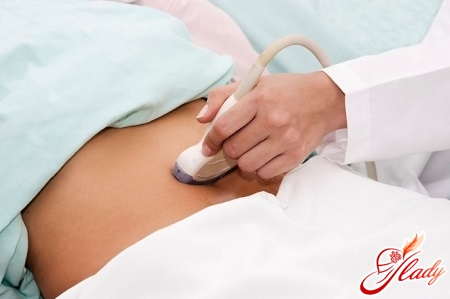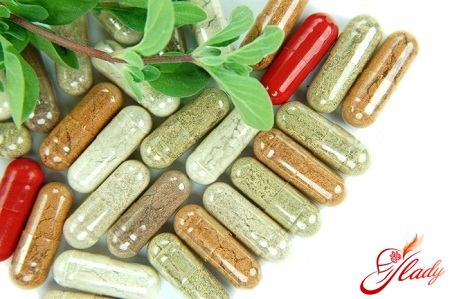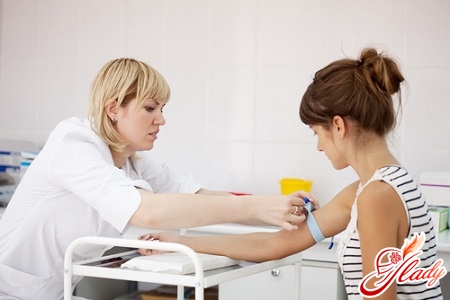
The causative agent of aspirin asthma isnonsteroidal anti-inflammatory drugs that contribute to the narrowing of the bronchi. NSAIDs include aspirin, or acetylsalicylic acid, which is used as an analgesic, anti-inflammatory drug. Very often aspirin asthma combines with infectious bronchial asthma (9-22% of patients suffer from two types of asthma), but it can exist in its pure form. Aspirin asthma is not a congenital, but an acquired disease. Symptoms of aspirin asthma are mainly manifested after atopic bronchial asthma, so it does not affect children. In most cases, women aged 30-50 years are ill. Symptoms are severe nasal congestion and rhinitis, and as a result, a decrease in smell and a headache. Further in the nose and nasal sinuses polyps appear and then attacks of suffocation and intolerance of NSAIDs begin.
The mechanism of development of aspirin asthma
The cause is the intervention of aspirin inmetabolism of arachidonic acid, which is contained in the cell membrane. In a healthy state, this acid under the action of the enzyme cyclooxygenase is converted into a compound that promotes the initiation of an inflammatory reaction. And NSAIDs in this situation block the enzyme, not allowing it to develop. In patients with aspirin asthma, the cyclooxygenase enzyme has a defect and the body uses a different, lipoxygenase that converts arachidonic acid to leukotrienes, which promote bronchial edema, and sputum production. As a result, the symptoms of aspirin bronchial asthma begin to appear. 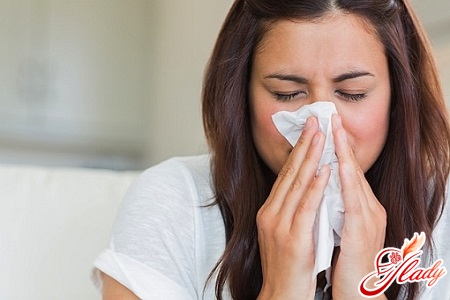
Why abstain from aspirin asthma?
The patient should not take medicinepyrazolone series: theofedrine, analgin, spasmalgon, baralgin, amidopyrine, tempalgin, reopyrin, aspirin and other NSAIDs, as well as the agents they contain: diclofenac, indomethacin, ibuprofen, sulindac, piroxicam, naproxen, etc. If necessary, both pain and pyretic can take paracetamol, solpadein, tramadol (or tramal), phenacetin. Along with the listed drugs, aspirin bronchial asthma can manifest itself from the presence of yellow tartrazine dye in food (both in food and in preparations). Its chemical composition is similar to aspirin. Patients should not use confectionery products and alcoholic beverages of yellow color (contain tartrazine). Harmful and salicylates: natural (tomatoes, raspberries, oranges, black currants, plums, cucumbers, apricots, cherries), industrial (canned food and gastronomy). Natural salicylates contain tartrazine in small amounts, so they rarely cause an attack. The development of histamine is dangerous for the patient, this process is provoked by citrus, fish, fresh cabbage.
Take urgent measures
Sometimes a person does not suspect the presence of this ailment and takes aspirin. If the first symptoms appear (after only 5-10 minutes a runny nose starts, coughing, breathing is difficult), it is necessary:
- rinse the stomach: drink 1 liter of boiled water, then press the root of the tongue to clean the stomach. If the tablet pops up, then follow-up actions are not necessary;
- drink 10 tablets of activated carbon and antihistamine tablets (tavegil, suprastin, claritin, etc.);
- when the attack passed, you need to make an appointment with an allergist.
How to detect aspirin bronchial asthma?
To detect aspirin asthma,special tests in vivo. Under the supervision of an allergist doctor with special equipment (in case of an attack), the patient is given aspirin (or another drug related to NSAIDs). A test was conducted in which 100 people participated: one third of the subjects had no symptoms of aspirin asthma, the second third had bronchospasm, which was sometimes not even clinically fixed, and only the rest of the patients had a serious reaction to the drug. In vitro tests are performed, but in this case there is no danger of attack, because Studies on the reaction are conducted with blood cells (you just need to donate blood). The reaction to NSAIDs can occur anywhere in the respiratory system, and in some cases, the intestines, stomach and other mucous membranes may be affected. Negatively it affects the immune system, which manifests itself in the form of strong and protracted inflammatory diseases. 
Desensitization as the main method of treatment
Desensitization is one of the ways to treatAspirin asthma, based, like in vivo tests, on provocation, only in small doses for a certain time. Treatment must be carried out in the dispensary under the supervision of specialists using all the necessary equipment. For example, at an interval of 30 minutes, the patient is given an aspirin preparation with a constant dose increase: 3, 30, 60, 100, 150, 325 and 650 mg. But this fast method is quite tough, which basically ends with a gasp of asthma. Therefore, it is better to increase the dose every other day. Before desensitization it is necessary to relieve asthma exacerbation and check for contraindications, which are: pregnancy, hemorrhage, stomach or duodenal ulcer. Inhalation is carried out not only as a basic method, but also in case of duodenal ulcer or stomach ulcer (in this case, aspirin-lysine injections can be used). Very convenient in the use of aldecin (USA), t. it has a removable nasal attachment, which is very important for polypous rhinosinusopathy. Operational intervention further develops symptoms and complicates the disease. If the patient does not tolerate desensitization, hemosorption is carried out for a week and again desensitization. If the symptoms of the manifestation of the disease are weak, then hemosorption can completely cure a patient suffering from aspirin bronchial asthma. After treatment in the hospital, the patient is assigned a supportive course of treatment on an outpatient basis, the essence of which is the regular taking of aspirin within a year after meals, washed down with alkaline mineral water, under the strict supervision of the doctor.
Leukotriene antagonists
Treatment with antileukotriene drugs istreatment with antagonists (with the Greek translated as "enemy") leukotrienes. But along with inhaled hormonal agents, it is recommended to use tableted. About 20 years ago many companies started developing anti-leukotrienes in two directions: inhibitors (substances suppressing any reaction) of leukotriene synthesis and substances that bind leukotriene receptors (like antihistamines). A huge number of compounds were synthesized, but only four of them are active: zileutone (first direction); zafirlukast, montelukast and pranlukast (in the second direction). But as it turned out in practice, aspirin asthma was not completely cured, only the number of additional drugs and the number of seizures decreased. Leukotriene drugs are still in development. They belong to the group of drugs that help control aspirin bronchial asthma and are concomitant in the treatment of patients. 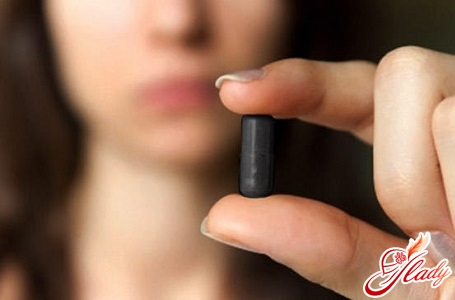
Hemosorption and laser irradiation of blood
Complicated and severe aspirin bronchial asthmaIt is treated by a combination of hemosorption and intravenous laser irradiation of the blood. The essence of hemosorption consists in the removal of toxic or pathogenic substances from the body through the influence of the sorbent outside the body. Laser irradiation of blood (photogemotherapy, intravascular laser irradiation of blood, VLOK) is a method of efferent therapy (extracorporeal detoxification, gravitational blood surgery), which consists of dosed exposure to low-intensity lasers. The VLOK method influences the processes of the subcellular and cellular levels, therefore the normal functioning of tissues and organs is restored. It is important that foreign substances are not introduced into the body to affect any particular link in the development of the disease, but only the system of self-regulation of the organism is corrected. Therefore, this method is very effective, universal and safe. VLOK is done every day (or every other day), the course is determined by the doctor and is an average of 3 to 10 procedures. The procedure time is 15-20 minutes. Laser irradiation of the blood is painless.






